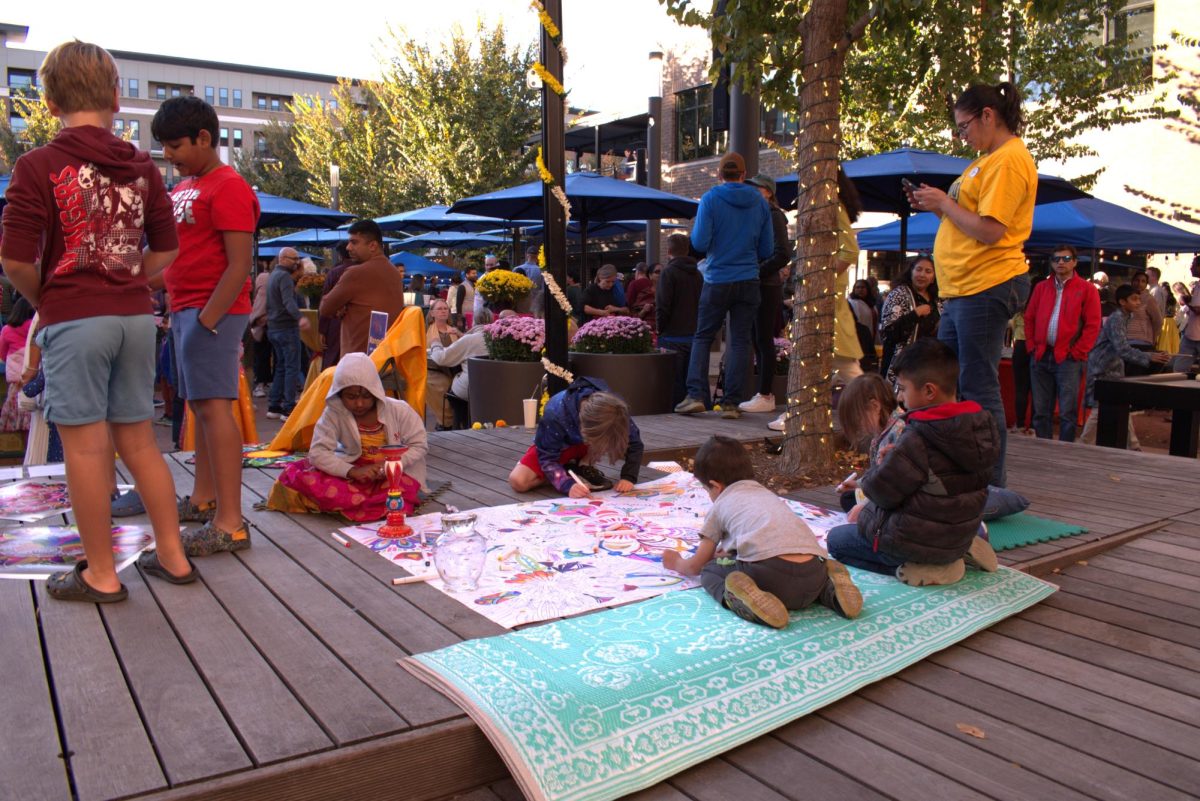By Shireen Korkzan
As a ’90’s kid, I was raised with Disney’s 2D animation. Today’s children only know CG animation and vaguely remember “Home on the Range,” the last, and absolutely horrific, 2D animated film Disney ever made. Disney has lost its touch since its 2000 release of “The Emperor’s New Groove.” And like every other disappointed child from an older generation, I was ecstatic to hear about the newest and first African-American Disney princess, Princess Tiana. She will star in Disney’s newest 2D animated film, “The Princess and the Frog,” which will be released on Dec. 11.
This movie, a Broadway-style fairy tale set in the French Quarter of New Orleans, has been receiving criticism from its announcement nearly two years ago. In the original plot, the heroine’s name was Princess Maddy, which was perceived as a stereotypical working class “slave name.” Princess Maddy was also originally a maid working for a rich white person, which was viewed as racially insensitive when being considered with its setting. After so many complaints, Disney changed both the names of the movie and heroine as well as the setting. Princess Tiana also turned into a waitress. This in itself is already ridiculous since the original setting would have been accurate to recent history and the main character would have been more of a protagonist. But after all these changes, the public kept complaining about one minor detail.
The prince is white.
It is ironic to think that after bending so far backwards to appease people by modernizing both its newest princess’ character and setting that Disney is receiving criticism about not remaining traditional when it comes to whom Princess Tiana chooses to fall in love. Interracial relationships were considered “uncalled for” as recently as 40 years ago; today, hardly anyone notices whom he or she is dating racially. All Disney did was reflect this in “The Princess and the Frog” with its updated main character, and it’s absolutely hypocritical for people to criticize Princess Tiana for not following a contemporarily irrelevant paradigm.
Why is it that after Americans have supposedly turned “colorblind” about different skin colors, and we finally voted the first candidate born from an interracial relationship into presidential office, they would find this unacceptable in a family movie? If anything, parents should be proud of Disney for including diversity in its films. The Wonderful World of Disney’s 1997 television film “Cinderella,” starring Brandy and a plethora of award-winning actors, received numerous accolades for its immense diversity. Cinderella is black, her prince is Asian, the Queen is black and the King is white. No child ever pointed his or her fingers and said, “That’s not possible!” Instead, he or she probably didn’t even notice and sang along with Cinderella. It’s incredibly hard to believe there is such criticism 12 years later, when more people are or have been involved in interracial relationships. If anything, children need to be more exposed to society’s latest trend.
There is nothing wrong with being involved in an interracial relationship. A few paradigms may need to change, but they don’t determine the person. Parents need to teach this to their children at a young age so that they can grow up only seeing gray. Princess Tiana and Prince Naveen may be the easiest (and most fun) way to surreptitiously expose young people to interracial relationships. And the kids will never know they’re learning something because they’re too busy enjoying a great family film.




























![Keep the New Gloves: Fighter Safety Is Non-Negotiable [opinion]](https://hilite.org/wp-content/uploads/2024/12/ufcglovescolumncover-1200x471.png)






!["Wicked" poster controversy sparks a debate about the importance of accuracy versus artistic freedom [opinion]](https://hilite.org/wp-content/uploads/2024/11/riva-perspective-cover-1200x471.jpg)









































![Review: “We Live in Time” leaves you wanting more [MUSE]](https://hilite.org/wp-content/uploads/2024/12/IMG_6358.jpg)
![Review: The premise of "Culinary Class Wars" is refreshingly unique and deserving of more attention [MUSE]](https://hilite.org/wp-content/uploads/2024/12/MUSE-class-wars-cover-2.png)
![Introducing: "The Muses Who Stole Christmas," a collection of reviews for you to follow through winter [MUSE]](https://hilite.org/wp-content/uploads/2024/12/winter-muse-4.gif)
![Review: "Meet Me Next Christmas" is a cheesy and predictable watch, but it was worth every minute [MUSE]](https://hilite.org/wp-content/uploads/2024/11/AAAAQVfRG2gwEuLhXTGm3856HuX2MTNs31Ok7fGgIVCoZbyeugVs1F4DZs-DgP0XadTDrnXHlbQo4DerjRXand9H1JKPM06cENmLl2RsINud2DMqIHzpXFS2n4zOkL3dr5m5i0nIVb3Cu3ataT_W2zGeDAJNd_E-1200x884.jpg)
![Review: "Gilmore Girls", the perfect fall show [MUSE]](https://hilite.org/wp-content/uploads/2024/11/gilmore-girls.png)
![Review in Print: Maripaz Villar brings a delightfully unique style to the world of WEBTOON [MUSE]](https://hilite.org/wp-content/uploads/2023/12/maripazcover-1200x960.jpg)
![Review: “The Sword of Kaigen” is a masterpiece [MUSE]](https://hilite.org/wp-content/uploads/2023/11/Screenshot-2023-11-26-201051.png)
![Review: Gateron Oil Kings, great linear switches, okay price [MUSE]](https://hilite.org/wp-content/uploads/2023/11/Screenshot-2023-11-26-200553.png)
![Review: “A Haunting in Venice” is a significant improvement from other Agatha Christie adaptations [MUSE]](https://hilite.org/wp-content/uploads/2023/11/e7ee2938a6d422669771bce6d8088521.jpg)
![Review: A Thanksgiving story from elementary school, still just as interesting [MUSE]](https://hilite.org/wp-content/uploads/2023/11/Screenshot-2023-11-26-195514-987x1200.png)
![Review: "When I Fly Towards You", cute, uplifting youth drama [MUSE]](https://hilite.org/wp-content/uploads/2023/09/When-I-Fly-Towards-You-Chinese-drama.png)
![Postcards from Muse: Hawaii Travel Diary [MUSE]](https://hilite.org/wp-content/uploads/2023/09/My-project-1-1200x1200.jpg)
![Review: "Ladybug & Cat Noir: The Movie," departure from original show [MUSE]](https://hilite.org/wp-content/uploads/2023/09/Ladybug__Cat_Noir_-_The_Movie_poster.jpg)
![Review in Print: "Hidden Love" is the cute, uplifting drama everyone needs [MUSE]](https://hilite.org/wp-content/uploads/2023/09/hiddenlovecover-e1693597208225-1030x1200.png)
![Review in Print: "Heartstopper" is the heartwarming queer romance we all need [MUSE]](https://hilite.org/wp-content/uploads/2023/08/museheartstoppercover-1200x654.png)



